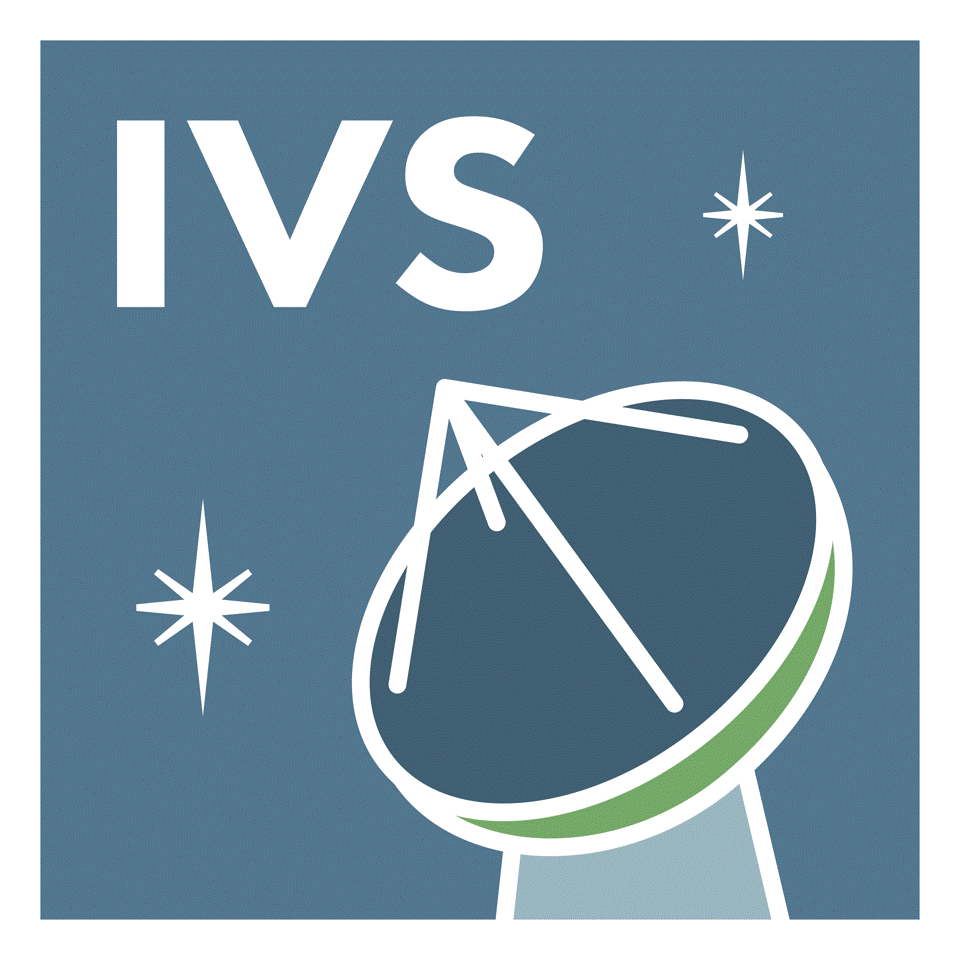|
| About IVS | Observing Program | Network Stations | Data&Products | Analysis | Technology | Publications | Meetings |
Network StationsSpectrum ManagementWhy. When broadband feeds were introduced for the goals of the VLBI Global Observing System (VGOS), the observable frequency range of geodetic VLBI increased to 2-14 GHz. The motivation was that the wider the observed spectrum, the higher the resolution of the time delay, resulting in more precise coordinates for the reference frame work. With the onging expansion of mobile phone usage and the commercialization of space, the demand on the electromagnetic spectrum steadily increased. Because geodetic VLBI uses faint cosmic radiation from far distant quasars, it can be easily overpowered by man-made signals with much higher power levels that are unwanted electromagnetic emissions for VLBI. These artificial signals degrade the performance of geodetic VLBI. A broadband receiver used on geodetic radio telescopes is sensitive to any radiation in its frequency range. Geodetic VLBI has no allocated frequencies in the International Telecommunication Union (ITU) Radio Regulations (RR), but it is vulnerable to the transmissions of telecommunication devices and radars. What. Management becomes a requirement when different interests in the use of the electromagnetic spectrum need coordination. The ITU administers the Radio Regulations, which guide national spectrum authorities on how the spectrum can be used. The reception of cosmic radiation classifies geodetic VLBI as a technique of the RR category "Radio Astronomy Service" (RAS). The RR contain allocated frequency bands for RAS; however, in the range of 2-14 GHz the allocated bandwidth is too small for geodetic VLBI. Furthermore, for compatibility reasons, VLBI needs to observe the same frequency bands in every part of the world. How. Protection for geodetic VLBI can be reached in three different ways:
All possibilities involve interaction between the station owners and the spectrum authorities. The IVS is working on the recognition of its VLBI network as a global sensor, an effort that needs support from numerous national spectrum authorities. Documents. Below please find several documents that are of relevance for spectrum management in the IVS context.
|
|
Back to Top
Last Updated: |
